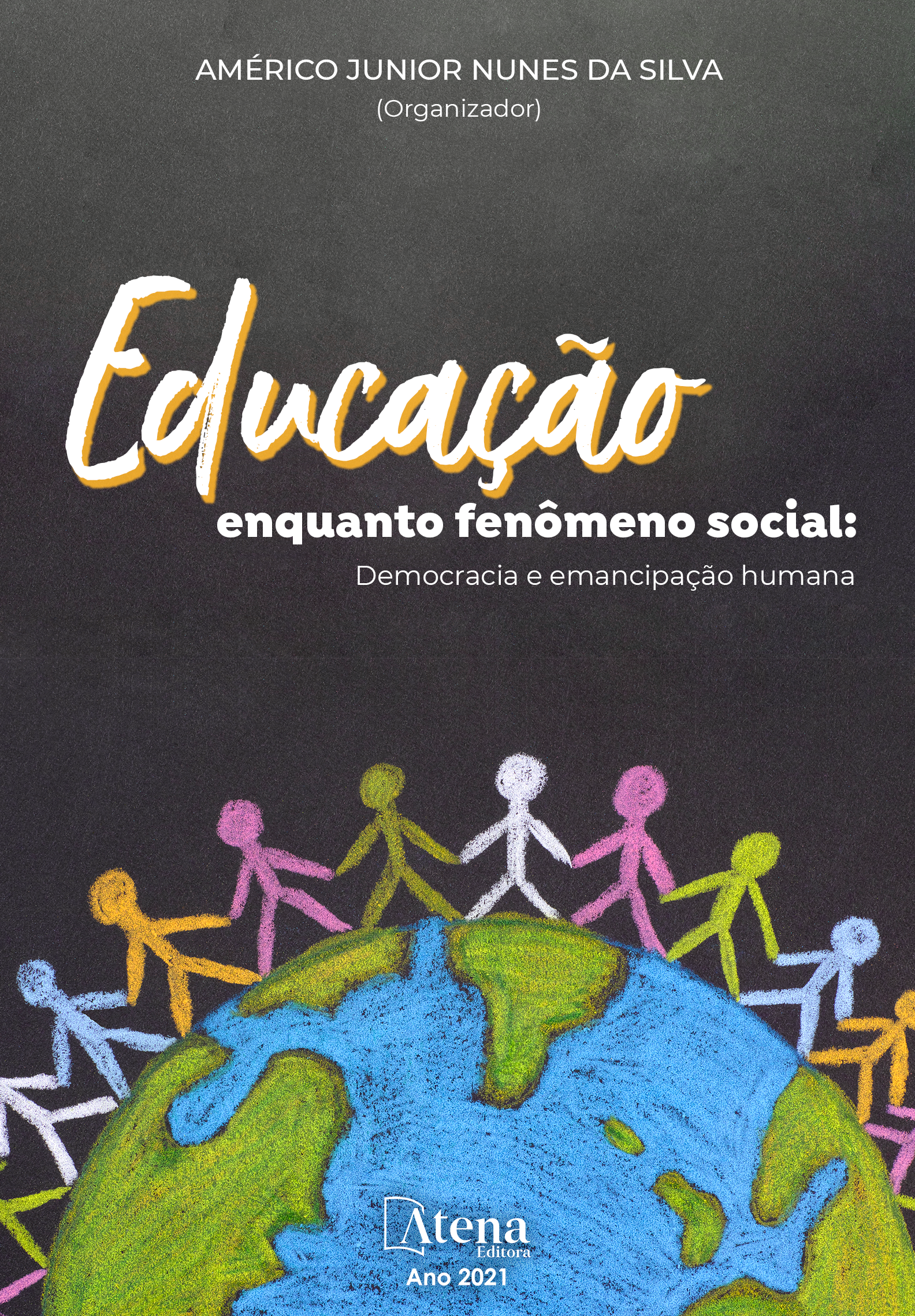
O Bullying no discurso do sujeito-adolescente
Neste trabalho, junto à Análise do Discurso proposta por Michel Pêcheux (AD) e ao paradigma indiciário de Ginzburg (1989) temos como objetivo analisar os sentidos produzidos pelo sujeito-adolescente ao discursivizar sobre violência, especialmente, a violência constitutiva do bullying. O objetivo sustenta-se na mudança de foco em relação à formação discursiva dominante, uma vez que, de modo geral, sempre é o adulto que produz sentidos sobre o adolescente, assim como podemos considerar nos documentos oficiais que ditam os currículos escolares. Participou da pesquisa uma turma do Ensino Fundamental de uma escola pública, da região de Ribeirão Preto- SP, especificamente, 38 sujeitos-adolescentes que cursavam o 9º ano do ensino fundamental II, no momento da coleta de dados. Trata-se de uma pesquisa de caráter qualitativo, em que recorremos à literatura como possibilidade de interpretação para que o sujeito-adolescente pudesse realizar gestos interpretativos e, a partir disso, discursivizar sobre os sentidos de violência gerados pelos conflitos sociais, e, fortemente pelo bullying. Coletamos, durante o ano de 2019, discursos escritos e orais dos sujeitos-adolescentes, a partir da leitura dos textos “A hora da estrela”, de Clarice Lispector; os contos de João Guimarães Rosa, “A terceira margem do rio”, e, “Sorôco, sua mãe, sua filha”; e, por último, o conto de Dalton Trevisan, “O pai, o chefe, o rei”. Esses textos literários foram escolhidos porque colocam em discurso sentidos de dor, preconceito, exclusão social, medo, morte entre outros que podem afetar o sujeito-adolescente em sua constituição, dentro e fora da escola. Os resultados da pesquisa indiciaram que há uma formação discursiva sobre o sujeito-adolescente e que o discurso dele, como as análises apontaram, muitas vezes, confirma o que é dito sobre ele, mas que também, por outro lado, mostraram um sujeito que fala de si e constrói sentidos diferentes dos dominantes. Por isso, é fundamental que a ciência passe a fazer trabalhos, pesquisas com a escuta das formações discursivas produzidas pelo próprio sujeito-adolescente, que também tem muito o que dizer sobre a própria dor, sobre a violência, sobre o que significa ser adolescente na contemporaneidade, um sujeito afetado pela tecnologia, pelos discursos que a mídia impõe sobre um modelo padrão, bem como o silêncio e a exclusão daqueles que não se enquadram nas fôrmas valorizadas socialmente.
O Bullying no discurso do sujeito-adolescente
-
DOI: 10.22533/at.ed.52921031124
-
Palavras-chave: Análise do Discurso; Bullying; Sujeito-adolescente; Violência; Silêncio
-
Keywords: Discourse Analysis. Bullying. Subject-Adolescent. Violence. Silence.
-
Abstract:
In this work, together with the Discourse Analysis proposed by Michel Pêcheux (AD) and the evidential paradigm of Ginzburg (1989), we aim to analyze the meanings produced by the subject-adolescent when discursing about violence, especially the constitutive violence of bullying. The objective is based on the change of focus in relation to the dominant discursive formation, since, in general, it is always the adult who produces meanings about the adolescent, as can be seen in the official documents. A public elementary school class in the region of Ribeirão Preto-SP participated in the research, specifically, 38 subjects-adolescents who were attending the 9th grade of elementary school II, at the time of data collection. This is a qualitative research, in which we resorted to literature as a possibility of interpretation so that the subject-adolescent could perform interpretive gestures and, from that, discuss the meanings of violence generated by social conflicts, and, strongly, by the bullying. During the year 2019, we collected written and oral discourses from the subject-adolescents, based on the reading of the texts “A hora da Estrelas”, by Clarice Lispector; the short stories by João Guimarães Rosa, “A third bank of the river”, and, “Sorôco, your mother, your daughter”; and, lastly, Dalton Trevisan's tale, “The Father, the Chief, the King”. These literary texts were chosen because they put in their discourse senses of pain, prejudice, social exclusion, fear, death, among others that can affect the adolescent subject in their constitution, inside and outside school. The research results indicated that there is a discursive formation about the subject-adolescent and that his discourses, as the analyzes pointed out, often confirms what is said about him, but that also, on the other hand, show a subject who speaks of itself and builds different meanings from the dominant ones. Therefore, it is essential for science to start doing work, research by listening to the discursive formations produced by the subject-adolescent, who also has a lot to say about their own pain, about violence, about what it means to be an adolescent in contemporaneity, a subject affected by technology, by the discourses that the media imposes on a standard model, as well as the silence and exclusion of those who do not fit into socially valued ways.
-
Número de páginas: 18
- Soraya Maria Romano Pacífico
- Rita de Cássia Constantini Teixeira


